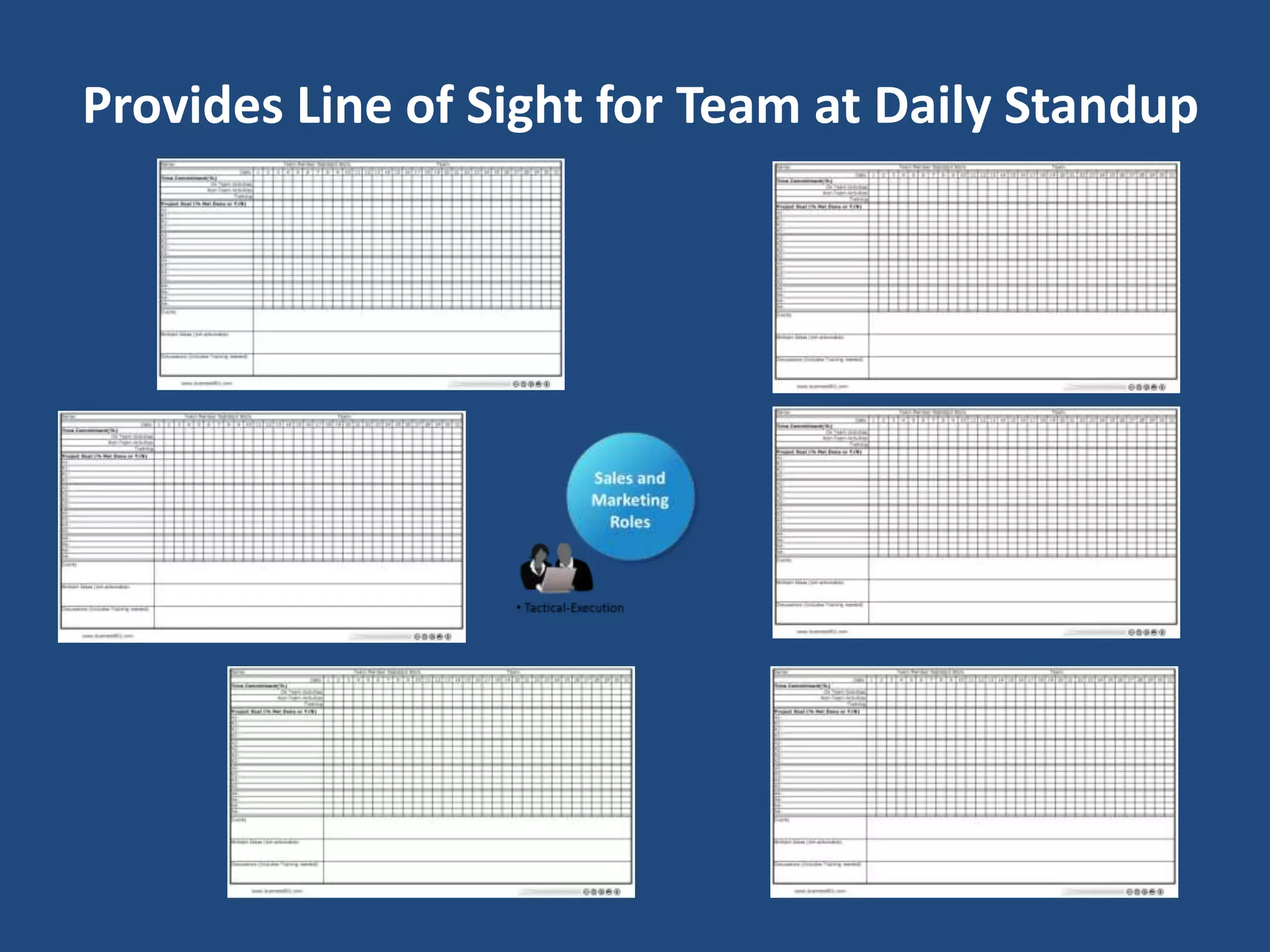The document discusses the shift from a goods-dominated to a service-dominated economy, emphasizing the importance of co-creating value with customers through lean thinking and collaboration. It outlines the necessity for organizations to adapt to new models of value recognition, involve employees in delivering customer experiences, and focus on continuous improvement. Key concepts include the significance of standard work, knowledge transfer, and understanding customer interactions to enhance business strategies.



































































